 |
Encyclopedia of Tours and Travel to Goa, featuring information on Fairs & Festivals, Wildlife, Excursion, Adventure And Weather of Goa. |
 |
 |
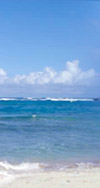 |
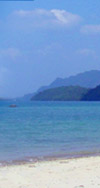 |
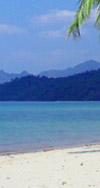 |
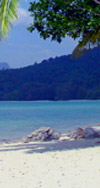 |
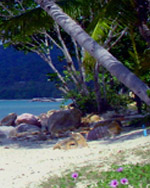 |
||
|
Goa
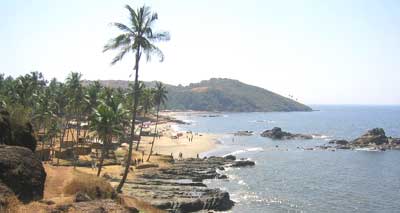
Variously known as "Pearl of the Orient" and a "Tourist Paradise", the state of Goa is located on the western coast of India in the coastal belt known as Konkan. The magnificent scenic beauty and the architectural splendours of its temples, churches and old houses have made Goa a firm favourite with travellers around the world. But then, Goa is much more than just beaches and sea. It has a soul which goes deep into unique history, rich culture and some of the prettiest natural scenery that India has to offer. Much of the real Goa is in its interiors, both inside its buildings and in the hinterland away from the coastal area. Legends from Hindu mythology credit Lord Parshuram, an incarnation of Lord Vishnu with the creation of Goa. Over the centuries various dynasties have ruled Goa. Rashtrakutas, Kadambas, Silaharas, Chalukyas, Bahamani Muslims and most famously the Portuguese have been rulers of Goa. Goa was liberated by the Indian Army from Portuguese colonisation on December 19, 1961 and became an Union Territory along with the enclaves of Daman and Diu. On May 30, 1987 Goa was conferred statehood and became the 25th state of the Indian Republic. Having been the meeting point of races, religions and cultures of East and West over the centuries, Goa has a multi-hued and distinctive lifestyle quite different from the rest of India. Hindu and Catholic communities make up almost the entire population with minority representation of Muslims and other religions. All the communities have mutual respect towards one another and their secular outlook has given Goa a long and an unbroken tradition of religious harmony. The warm and tolerant nature of the Goans allows them to celebrate and enjoy the festivals of various religions such as Ganesh Chaturthi, Diwali, Christmas, Easter and Id with equal enthusiasm. The state of Maharashtra borders Goa on the north, the state of Karnataka on the south and east. The vast expanse of the Arabian Sea on the west forms the magnificent coastline for which Goa is justly famous. Terekhol (Tiracol), Mandovi, Zuari, Chapora, Sal and Talpona are the main rivers which weave their way throughout the state forming the inland waterways adding beauty and romance to the land besides being used to transport Goa's main export commodity of Iron and Manganese ore to Mormugao Harbour. Along the way to the coast these waterways form estuaries, creeks and bays breaking the sandy, palm-fringed coastline behind which lie the fishing villages among the coconut groves.
Panaji (Panjim) is the state capital located on the banks of the Mandovi river and Vasco, Margao, Mapusa and Ponda are the other major towns. Goa is serviced by an international/national airport located at Dabolim near Vasco. An intra-state and inter-state bus network also plays an important role in getting locals and visitors alike in and around Goa. The vast green expanse of the Sahyadri mountain range ensures that Goa has an abundance of water. The sea and rivers abound in seafood - prawns, mackerels, sardines, crabs and lobsters are the most popular with the locals and the visitors. Along with English which is widely spoken all over Goa, Konkani and Marathi are the state languages. The national language Hindi is also well understood in most areas around the state. Goan cuisine is a blend of different influences the Goans had to endure during the centuries. The staple food in Goa is fish and rice, both among the Hindus and the Catholics. Unlike the Christian food the Hindu Goan food is not strongly influenced by the Portuguese cuisine. Since the arrival of the Hippies in the sixties, Goa has been a major destination on the itinerary of international and domestic tourists. The tourist season in Goa begins in late September and carries on through early March. The weather in these months is usually dry and pleasantly cool. Then the weather gets fairly hot around May and by end of June, Goa receives the full blast of the Indian monsoon with sudden downpours and tropical thunderstorms. However it is also during the monsoon that Goa is probably at its most beautiful, with greenery sprouting all around. Besides the natural beauty, the fabulous beaches and sunshine, travellers to Goa love the laid-back, peaceful, warm and friendly nature of the Goan people. After all, more than anywhere else on planet earth, this is a place where people really know how to relax.
|
||||||||||||||||||||||||||||||||||||||||||||||||||||||||
|
||||||||||||||||||||||||||||||||||||||||||||||||||||||||
|
||||||||||||||||||||||||||||||||||||||||||||||||||||||||